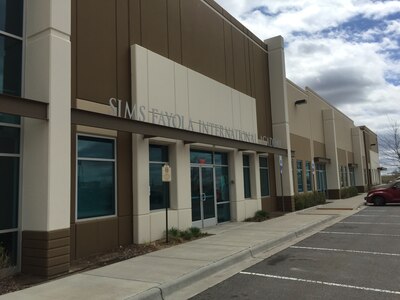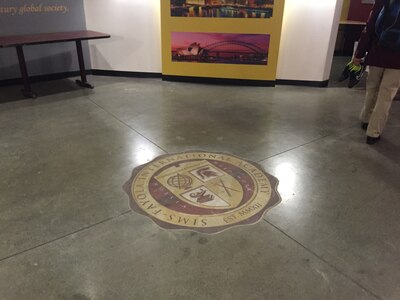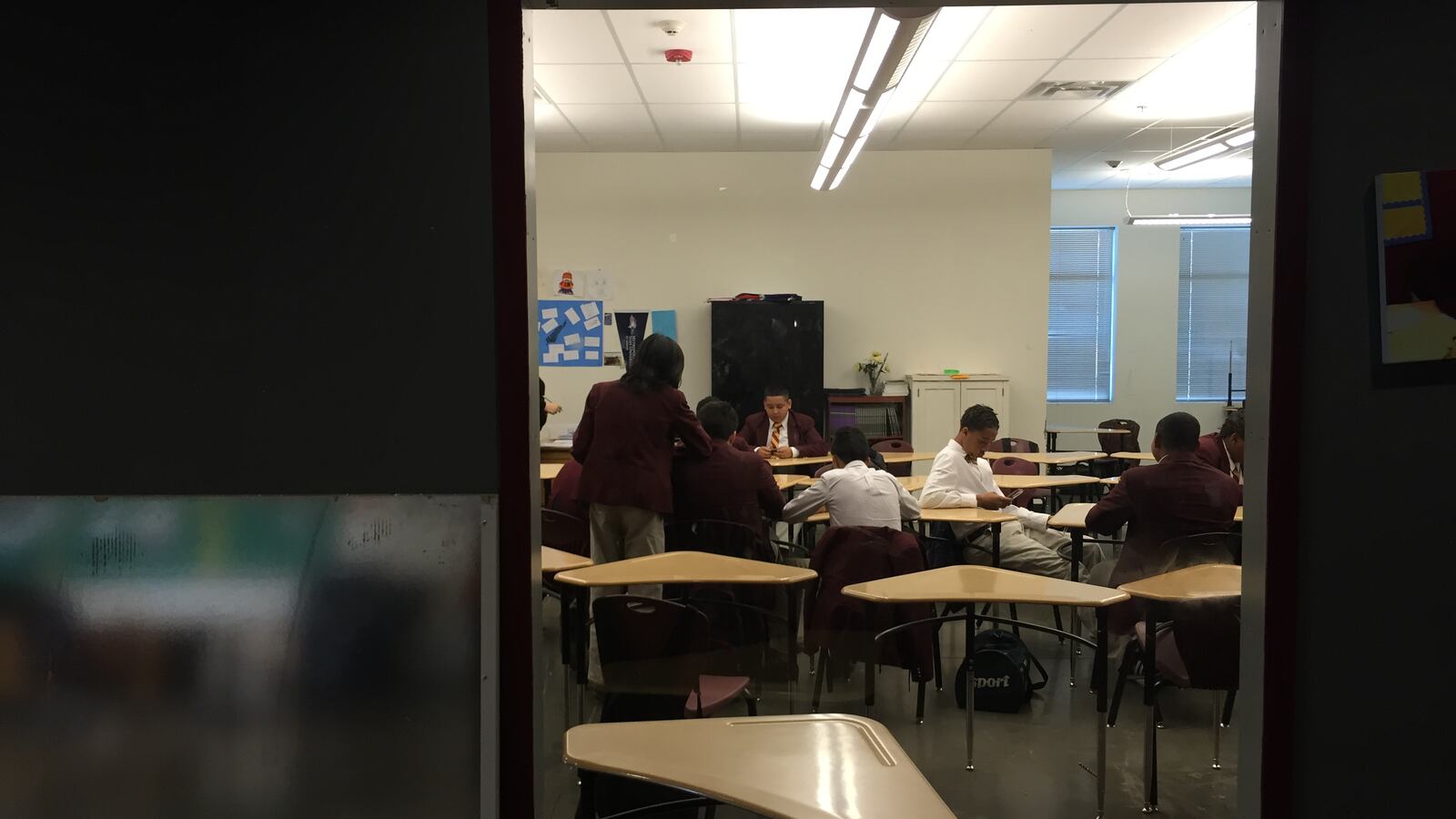Less than three years after Denver’s first all-boys public charter school opened its doors, Sims-Fayola International Academy is preparing to close.
After external reviews highlighted financial, logistical, and academic challenges, the charter school’s board voted this winter to shutter Sims-Fayola’s middle and high schools, which currently house grades 6-11 in an office park in far northeast Denver.
The 165 boys who attend the school have been guaranteed spots at other schools for the 2015-16 school year.
But for Sims-Fayola’s students and families, the closure marks the loss of a school with a mission, unique in Denver, that some felt was critical: To provide an academic and social experience tailored to the needs of male students, especially African-American and Latino boys.
“We built a brotherhood and could be academic at the same time,” said Cy’ree Page, a junior who was one of the school’s founding freshmen. “When you think about it being taken away, it’s hard.”
But, he said, “I think it should have been shut down. It was more chaotic this year.”
Read one founding family’s story.
The school has been plagued by inconsistent leadership and high staff turnover since it opened in 2012. Three years in, the school has had three principals. Just one teacher remains from the opening year.
Another blow was when founder Dedrick Sims left the school last fall. A board member said that the board had decided that while Sims was able to inspire families, his management and planning had “some deficiencies.” Staff and students said he was rarely in the school and spent much of his time fundraising for its expansion.
Sims, who was also the school’s principal in its first year, is planning to open a Sims-Fayola school in Atlanta and could not be reached for comment.
Principal Deborah Blair-Minter, who was recruited out of retirement by the Sims-Fayola board, came to the school early this school year to help right an unsteady ship.
“Trying to create the vision and get funding—you need to be able to do that piece. But you also have to have someone who understands how to run a school,” she said.
That tension between vision and execution is present for other charter schools. Tony Lewis, who heads the Donnell-Kay Foundation and sits on the state Charter School Institute’s board, said it can be hard for a charter school authorizer to predict whether a start-up school like Sims-Fayola will succeed. “Any time you authorize a school you’re taking a risk,” he said.
But he said it’s important to look beyond a school’s written application. “Do they have the leadership both at the school and board level to pull it off? It might all sound good on paper, but can they actually do it?
“If you take no risk on a school, then you’re never going to have new school models, you’re never going to have things like Sims-Fayola,” he said. “But the flip side is, if you take too much risk and you have a school that’s open for one, two, three years, the worry is, you haven’t harmed kids but you certainly haven’t given them a stable environment.”
A vision that resonated
In Sims-Fayola’s charter application, submitted in 2011, Sims made an impassioned case for the school. Sims cites high drop-out and incarceration rates for young African-American and Latino men and says his school will create “a learning experience for young men that will increase college readiness, global competence, and global awareness.”

That vision resonated with the families of the dozens of 6th and 9th graders Sims recruited to help start the school, and with notable Denverites, including Mayor Michael Hancock and Broncos linebacker D.J. Williams, both of whom visited the school.
When Sims-Fayola opened in 2012, it was the city’s second single-gender public school, after GALS Academy, an all-girls charter. (A second all-boys school, Miller-McCoy, was proposed in 2011, but never opened. GALS is considering opening an all-boys school.)
The plan was to enroll 250 6th and 9th grade students in the first year, and to build up to a 700-student 6-12 school.
The school did attract its target audience. In the 2013-14 school year, 92 percent of the school’s 198 students were identified as minorities by Denver Public Schools. More than three quarters were eligible for subsidized school lunches.
But enrollment never lived up to Sims’ projections. Some students rebelled against the all-boys model and misbehaved in class. Some parents were concerned by the academic track record and ever-changing cast of teachers. The school’s location in an office park far from downtown Denver may also have been a barrier.
By the end of the 2013-14 school year, Sims was projecting that 270 students would enroll in 2014-15. Just 202 boys showed up.
Lack of enrollment put the school in an untenable financial position, said Les Walker, a member of Sims-Fayola’s board. Schools are funded largely based on enrollment.
The board was initially going to close just the high school, which had seen the most dramatic drops. That plan was presented to and approved by the Denver school board in November.
But after those plans were announced, even more families and staff began to leave the school, Walker said. “We thought it was better to end it now.”
So far this school year, nearly 50 students have left the school.
Walker, who joined the school’s board last year, said that while he knew parents and students were upset, “they’ll probably thank us later that they went to a better school…we should have had a consultant to help with demographics, with academics.”
Still, he said, two and a half years seems to him like a short period of time to establish a new school.
Academic and social challenges

In 2013-14, just 31 percent of Sims-Fayola students scored proficient or advanced in reading and fewer than 15 percent of students scored proficient or advanced in math on state tests. The school’s growth scores were better, but in its second year, Sims-Fayola still earned the lowest rating on Denver’s school performance framework.
Some students took that low rating to heart. “We didn’t realize that what we were doing was causing our school to be destroyed,” said one eighth grader.
But Blair-Minter said the school’s teachers weren’t sufficiently trained in project-based learning, part of the school’s model, or in the kinds of classroom management or academic strategies that would have been most effective for the students, most of whom came into the school behind grade level. She said a too-long school day, too little time for gym and fresh air, and an irregular schedule were burning out teachers and students.
Rebecca Sanders, a high school social studies teacher who has been with the school for two years, agreed.
“It wasn’t just one thing. We had new teachers who weren’t quite sure how to teach…and there was a lack of consistency about expectations and when we were observed,” she said. “Some of us pushed the kids and some took it to mean I could show a movie every day.”
“Students saw that,” Sanders said.
Jarion Hamm, a junior, said some teachers seemed afraid of the students. “We had some great teachers. But nothing was consistent,” he said. “There was a lot of childishness.”
Other parts of the school’s program also never came to fruition. Just two students went on an international trip initially intended for an entire class.
Sanders said that she thought that given more time and Blair-Minter’s leadership, the school could have been improved. “They are very loving, thoughtful, compassionate kids who deserve better than this, who deserve a better future.”
But now that the closing is imminent, the focus has shifted from stabilizing the school to preparing to close up shop and transition students to new schools.
Students are going to more than 20 schools throughout the metro area. Juniors, who will have just one year in their new schools, got special attention.
But many of the students still have a fierce sense of school pride, and frustration at what they say is a false perception, influenced by a few misbehaving boys, that all of the school’s students are “thugs in suits.”
“We weren’t just a bunch of well-dressed hooligans,”said junior Angel Magana, a founding freshmen. “We were a family.”

